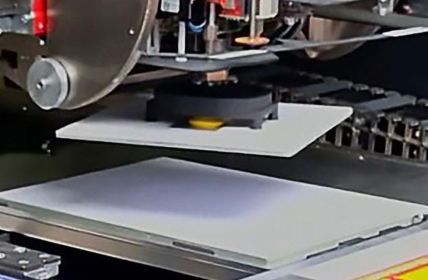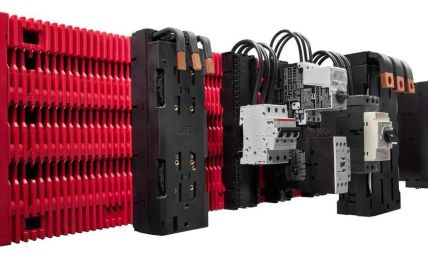Magnchip Semiconductor has developed a transistor that not only increases the performance of smartphones. It should also help to better protect the batteries used in the process.
Table of Contents: What awaits you in this article
Smartphones at risk: Fire hazard due to rechargeable batteries
Hardly anyone is likely to have forgotten the reports of fires caused by defective smartphone batteries. In 2016, cell phones of the latest generation ensured that not only users were woken up by their bedrooms on fire, where they charged the devices overnight. Travelers on an airplane also narrowly escaped disaster when components of cellular units caught fire. Fortunately for everyone present, this happened before the flight phase, so no one was seriously harmed.
Lithium-ion technology: useful but vulnerable charging technology
Such incidents were made possible by the lithium-ion batteries used in the process. These have the property of being able to store comparatively large amounts of energy and survive many charging units. In addition, they can be produced relatively easily and in a space-saving manner. At the same time, however, the underlying material is very reactive. Even a few deviations in the carefully planned installation or contamination of the surroundings of electrical areas can cause flammable environments to develop.
Magnachip: Longer performance and greater protection
Magnachip has now developed a transistor that promises smartphone batteries not only increased performance but also better protection against overheating. To this end, the LV-MOSFET chip has been scaled down to fit into the latest generations of cell phone models. The developer also expects it to be used for wireless headphone applications. A previously unknown manufacturer of mobile devices has already begun mass production of the solution.
LV-MOSFET transistor: more safety through silicon semiconductors
Silicon semiconductors produced by controlled oxidation processes are used in the manufacture of the LV-MOSFET 6.5 transistor. The developing company expects significant improvements in capacity and safety from these semiconductors. The so-called metal oxide semiconductor effect should make overloaded batteries a thing of the past. Particular attention was paid to the fast-charging cables, as these can have very high voltages. The metallic resources and electrotechnical components used here are designed to limit possible current losses. Furthermore, they could also prove helpful in preventing electrostatic discharges, which have the ability to damage device components.













